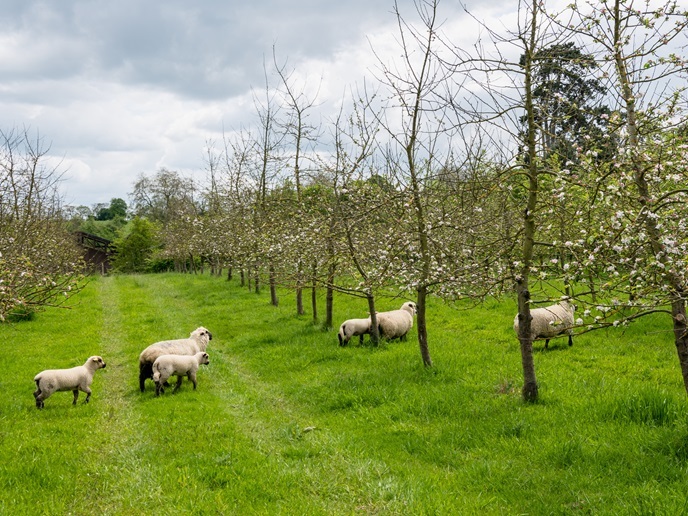Wild tomatoes reveal how plant roots cope with difficult conditions
Plant roots have developed mechanisms to control the entrance of solutes and water. Take for example, the modification of the cell wall in specific root cell types that serve as physical barriers to control uptake from soil. These modifications involve, among other compounds, polymers of lignin and suberin. One of these cell types is the endodermis, which forms a lignin ring-like structure known as the Casparian strip. The deposition of lignin and suberin is regulated to help plants respond and adapt to those conditions. The development of endodermis differentiation, whereby cells grow and develop, and the controlling genes have been investigated in recent years using Arabidopsis thaliana as a model system. However, the majority of plants also have another root cell type called exodermis, which also produces barriers made of lignin and suberin. The mechanisms controlling exodermis differentiation and its response to abiotic stress are poorly understood at the molecular level since Arabidopsis does not possess an exodermis. Wild and domestic types compared The EU-funded ROOT BARRIERS project addressed this knowledge gap, using two tomato species as a model system to investigate exodermis differentiation. “The aim was to determine if they are similar or distinct to the endodermis and how salinity influences their differentiation at the molecular level,” says project coordinator Dr Juan Carlos del Pozo. This research was undertaken with the support of the Marie Curie programme. Researchers studied endodermis and exodermis differentiation in domesticated and wild tomato species, Solanum lycopersicum and Solanum pennellii, respectively. Gene expression data was also collated to discover how these cell types respond in S. pennellii, which is endemic to Andean regions in South America, and has evolved to adapt to drought conditions. The team tested the ability of the two species to tolerate salt stress and confirmed S.pennellii is able to grow in high salt concentrations. “We found the root barriers formation in these two species differs as well as how salt stress influences their differentiation,” explains Dr Siobhan Brady the researcher at the partner institution of the University of California at Davis. Important new data Confocal microscopy images of lignin deposition in the tomato root allowed scientists to fully describe the developmental framework of exodermis differentiation. Scientists also produced CRISPR/Cas9 mutants for the putative candidate genes implicated in exodermis differentiation. This helped prove their function in barrier formation in the exodermis through phenotypic analyses, which indicated defects in lignin deposition. In addition, researchers used state-of-the-art translating ribosome affinity purification technology to specifically profile the messenger RNA (mRNA) from the endodermis and exodermis in control and salt stress conditions. “This gives an indication of the genes that are responding to modify the root barriers in these two cell types in response to salt stress. It will be the first data set to date where mRNA from specific cell types were obtained from a crop species profiled in abiotic stress conditions,” the Marie S. Curie Individual Fellowship researcher Dr Concepcion Manzano points out. ROOT BARRIERS showed that endodermis and exodermis differentiation develop differently in terms of lignin deposition, increasing understanding of how two important root cell types are regulated at the molecular level. Furthermore, results concerning the genes implicated in endodermis and exodermis differentiation can be applied to other crop species. Dr del Pozo concludes: “This knowledge will be of enormous interest to the scientific community, helping improve plant growth in adverse conditions.”







